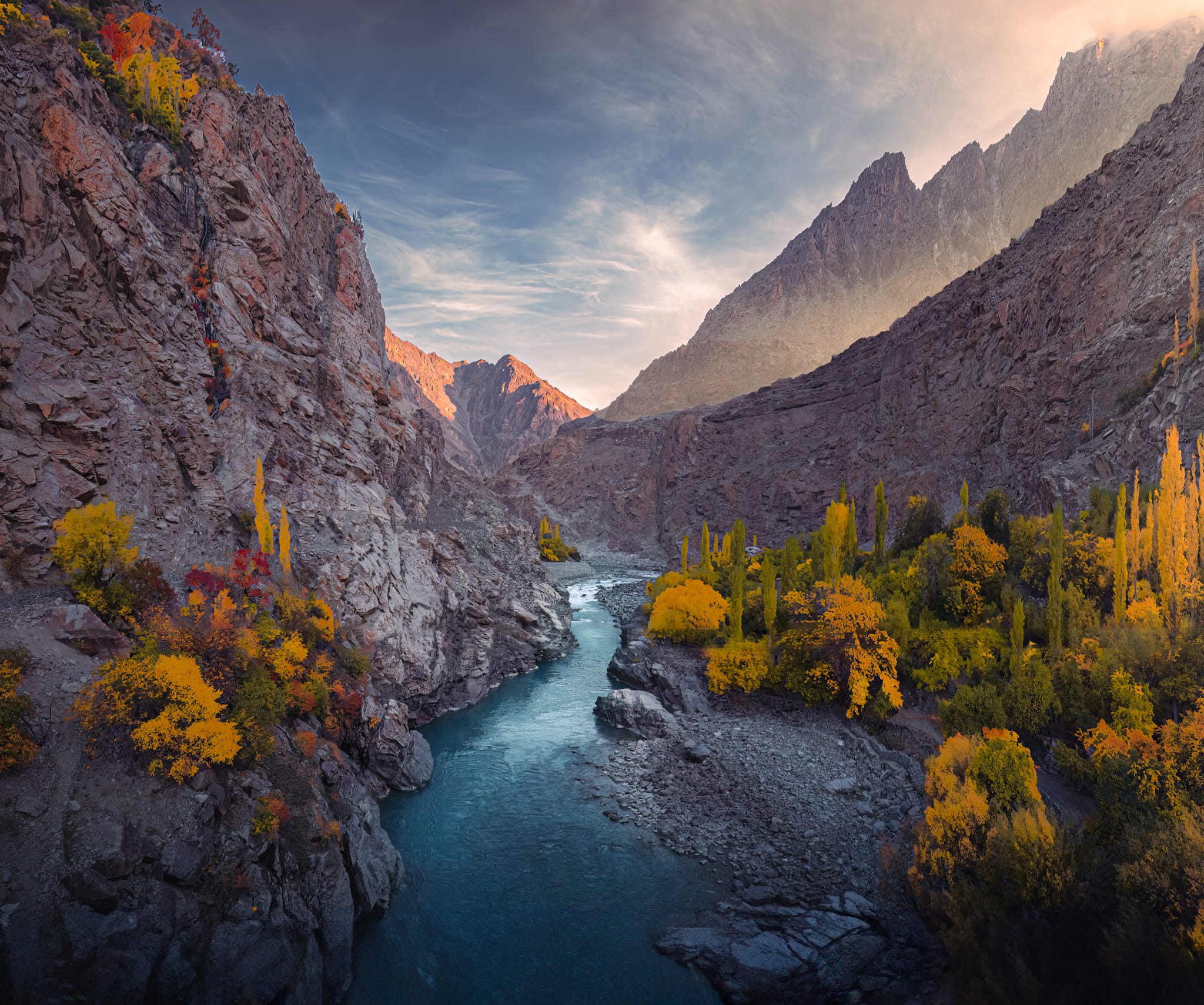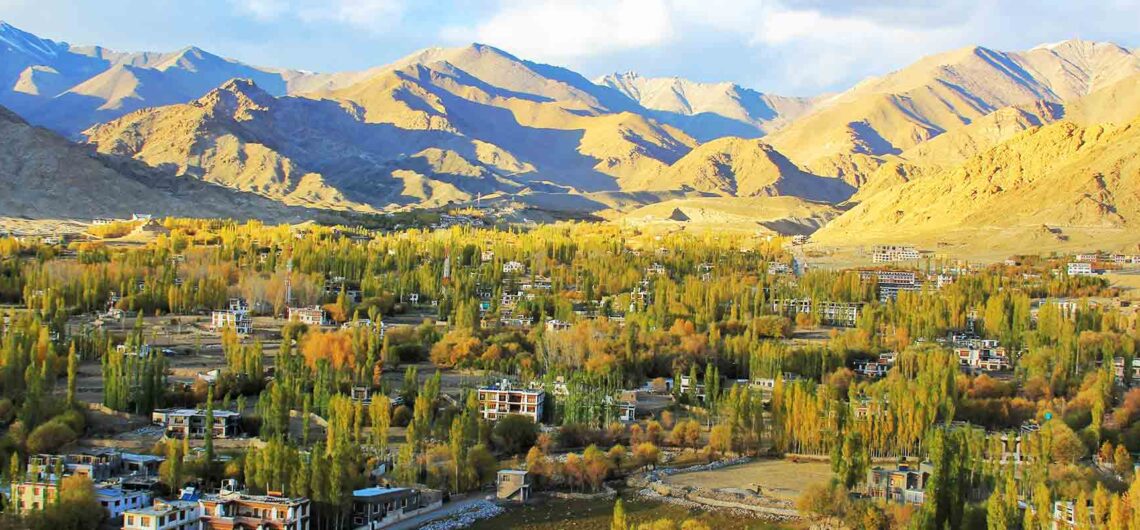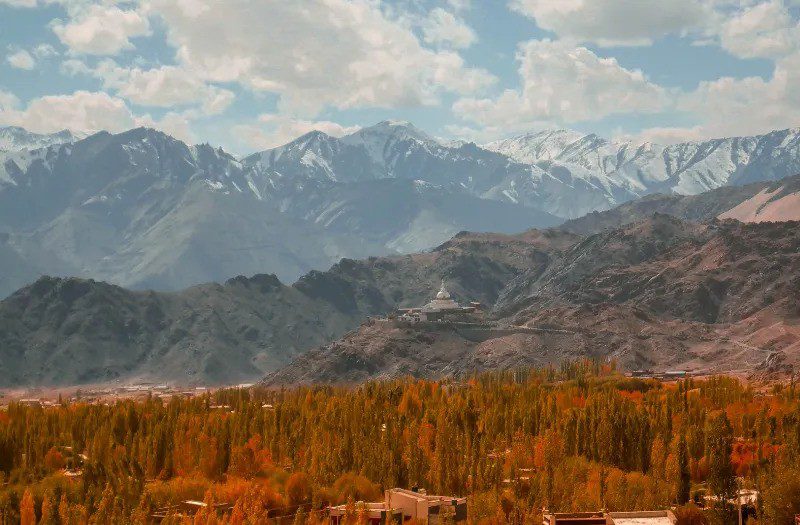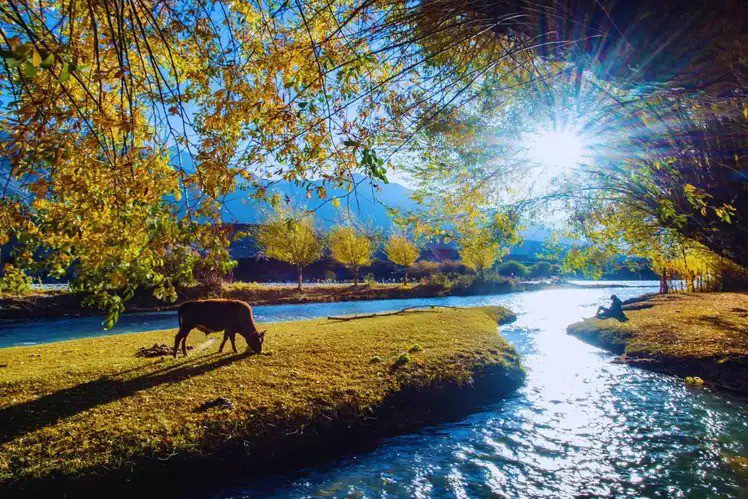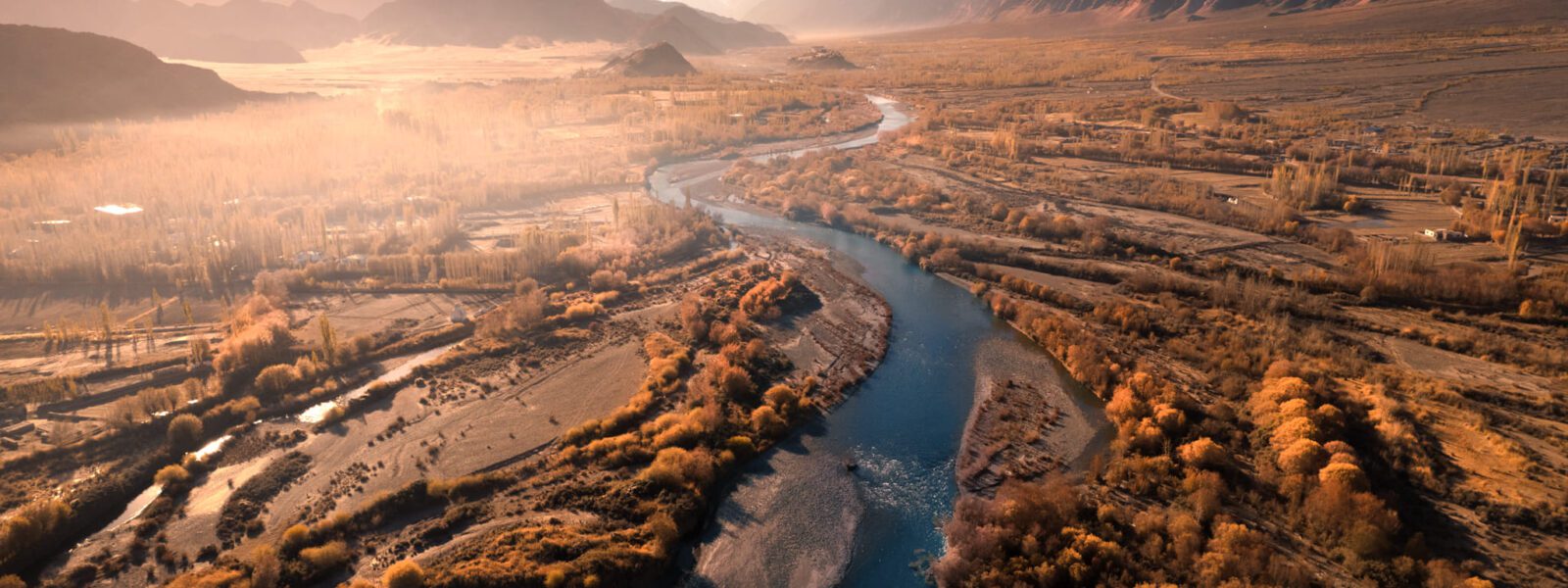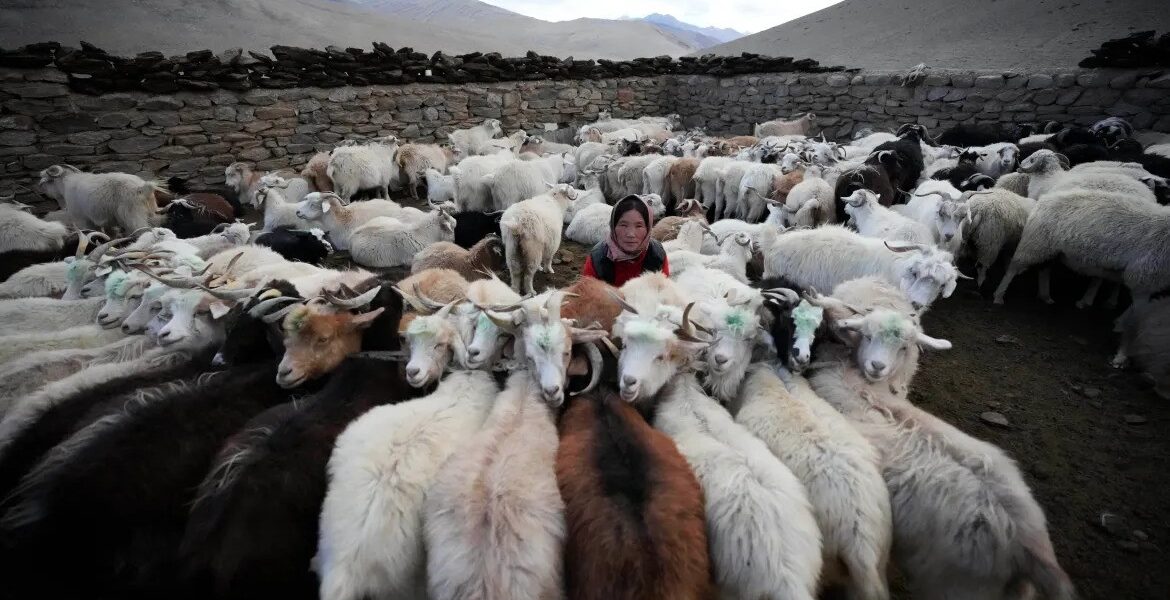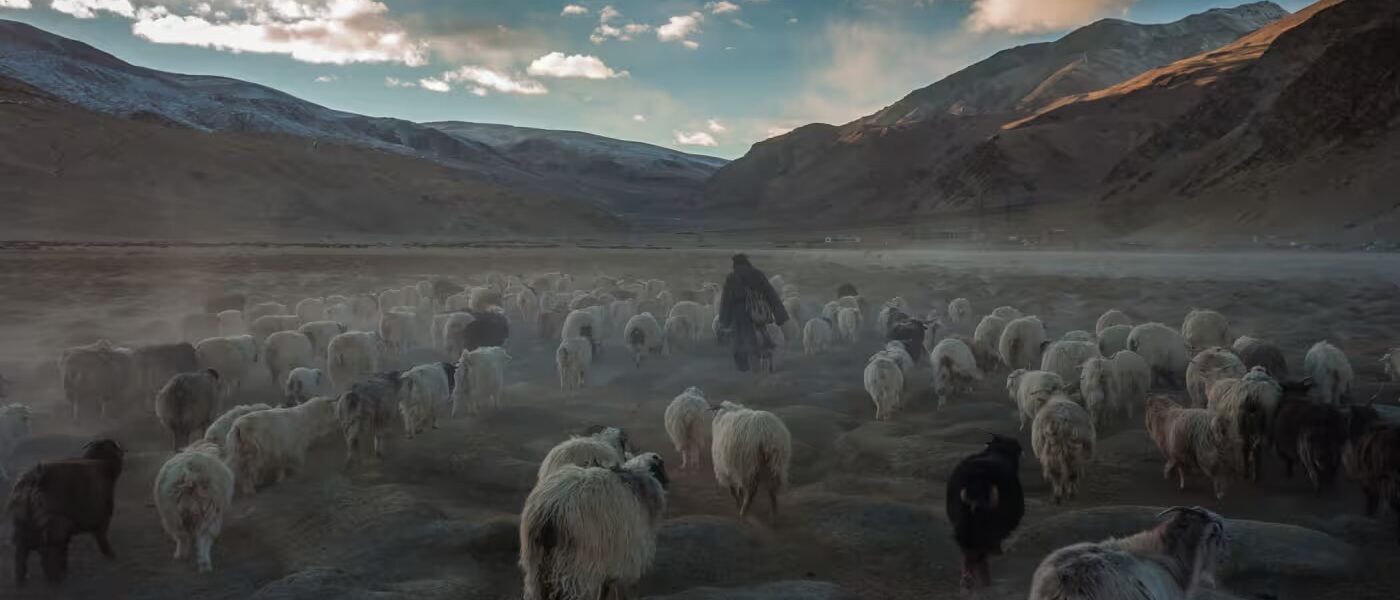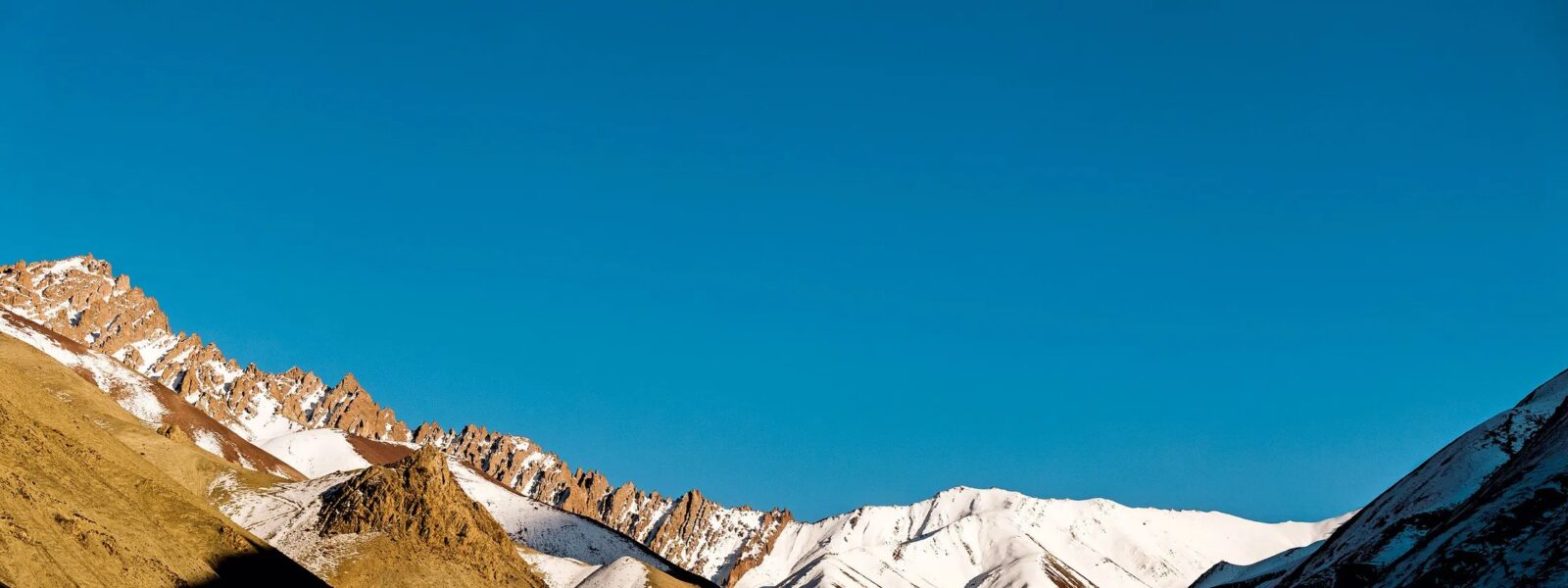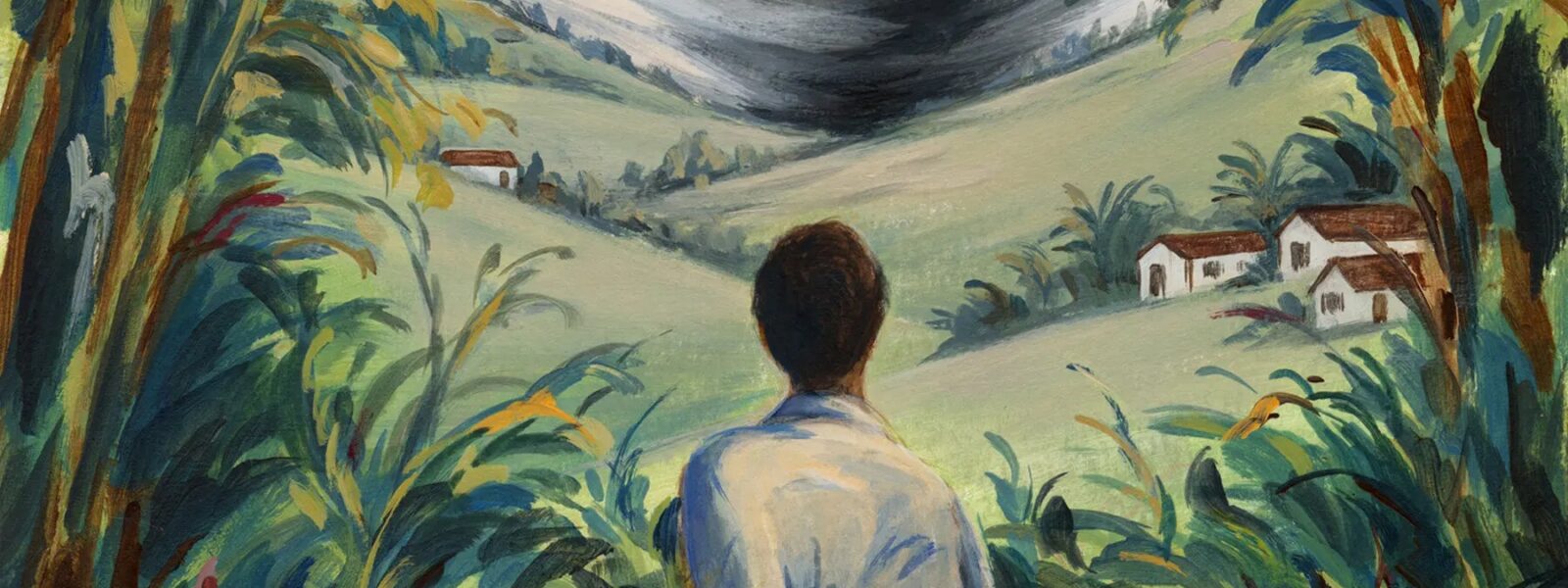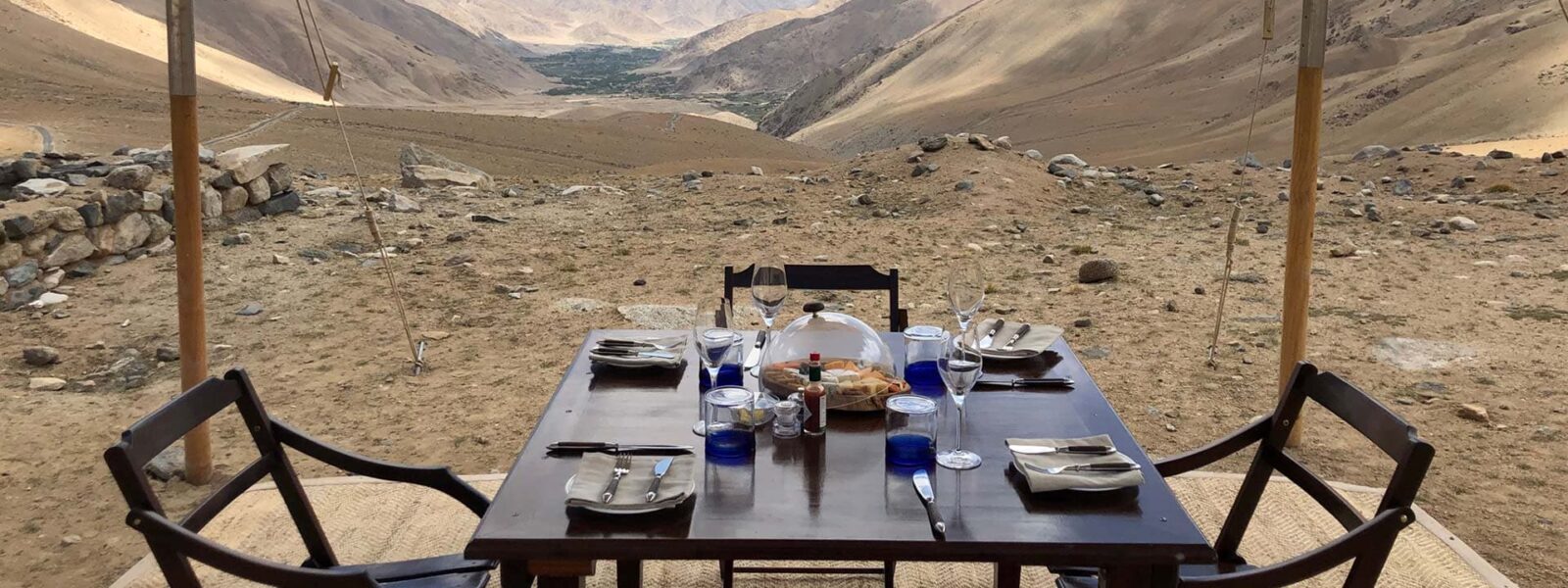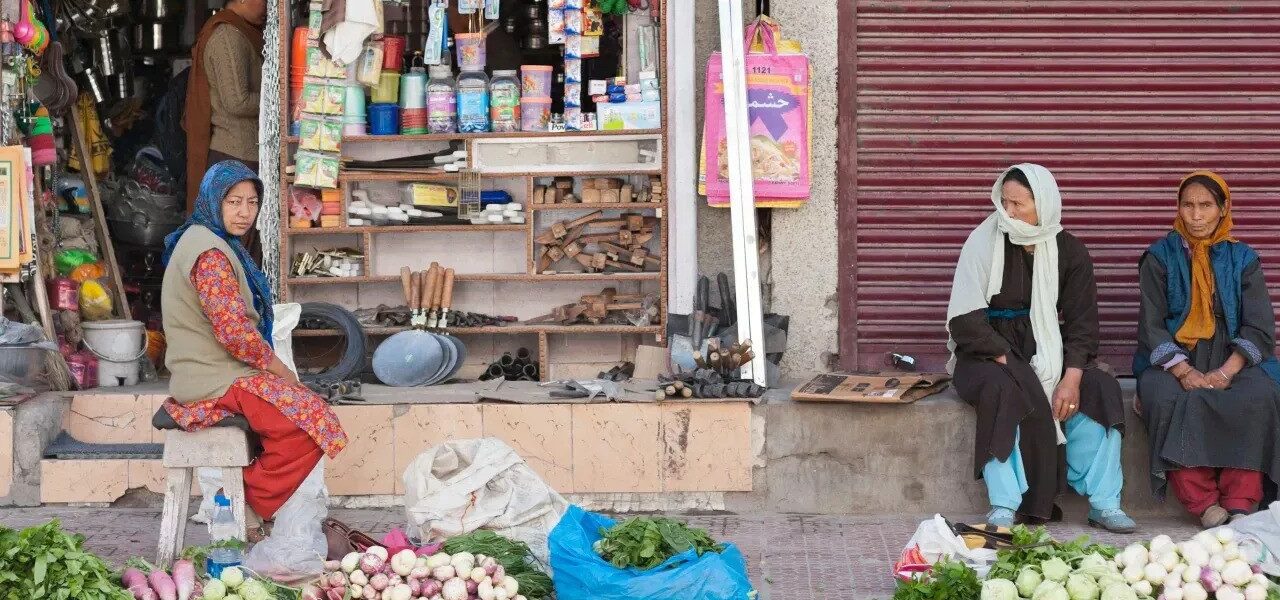Autumn in Ladakh is a season of transformation, when the stark beauty of this high-altitude desert shifts into a palette of golds, yellows, and reds. Often referred to as the “Land of High Passes,” Ladakh becomes an awe-inspiring destination during the fall, as the golden valleys of Nubra and Zanskar emerge in their full splendor. With the summer crowds gone and the air crisp, Ladakh in autumn offers a peaceful, scenic, and culturally enriching experience for travelers seeking adventure, serenity, and unforgettable memories.
Why Autumn is the Best Time to Visit Ladakh
Ladakh in autumn, particularly between September and October, is the perfect time to witness the region’s natural beauty without the bustling crowds of summer. The weather remains pleasant, with sunny days and chilly nights, allowing for comfortable exploration of Nubra Valley, Pangong Lake, and Zanskar Valley. During this season, the landscapes are painted with a golden hue, making it a photographer’s paradise. Moreover, the cultural festivals, such as the Ladakh Harvest Festival, add a rich layer of local tradition and celebration to the journey.
“Autumn in Ladakh was a dream come true! The golden valleys were breathtaking, and the peaceful vibe during this season made the entire experience magical.”
– Sarah Mitchell, Photographer, USA
The Spectacular Autumn Landscapes of Ladakh
In the autumn months, the valleys of Ladakh, particularly Nubra and Zanskar, undergo a magical transformation. The poplar and willow trees turn gold, contrasting beautifully against the backdrop of snow-capped Himalayan peaks. The lush greenery of the summer months gives way to golden autumn foliage, making it an ideal time for photography enthusiasts and nature lovers alike.

Best Spots to Capture Ladakh’s Autumn Colors:
- Nubra Valley: Famous for its vast sand dunes and double-humped camels, Nubra transforms into a golden wonderland in autumn. The Shyok and Nubra rivers reflect the warm hues, creating stunning contrasts with the arid mountain backdrop.
- Pangong Lake: Although Pangong is primarily known for its striking blue waters, the surrounding autumn colors add depth and variety to the scenery.
- Zanskar Valley: A lesser-visited but equally spectacular destination, Zanskar offers panoramic views of the golden landscapes and rugged terrain.
“Visiting Nubra Valley in autumn was surreal. The golden leaves, combined with the peaceful ambiance, made it feel like a scene from a movie.”
– Vincent Roy, Travel Blogger, Canada
Top Places to Visit in Ladakh During Autumn
Ladakh’s diverse topography offers a variety of experiences, from serene lakes to culturally rich monasteries. Here are some must-visit places during the autumn months:
| Destination |
Highlights in Autumn |
| Nubra Valley |
Golden poplar trees, beautiful river reflections, peaceful ambiance |
| Pangong Lake |
Contrasting blue waters with golden mountains |
| Zanskar Valley |
Vibrant autumn colors, fewer tourists, raw natural beauty |
| Thiksey Monastery |
Cultural and spiritual experience, beautiful views in fall |
“The road trip from Leh to Pangong Lake in autumn was one of the most scenic drives of my life. The golden hues of the landscape were simply mesmerizing.”
– Andrea Smith, Engineer, Australia
The Golden Valleys of Nubra and Zanskar in Autumn
Nubra Valley
Nubra Valley, located about 150 kilometers north of Leh, is famous for its sand dunes, monasteries, and stunning landscapes. However, in autumn, this valley transforms into a breathtaking golden paradise. The valley’s towering poplar and willow trees turn a bright gold, making it a must-visit destination for anyone seeking to experience the beauty of Ladakh’s autumn season.

Zanskar Valley
Zanskar Valley, situated to the southwest of Leh, is one of the most isolated and untouched regions of Ladakh. The dramatic mountain ranges surrounding the valley are even more enchanting in autumn. With its crystal-clear rivers and golden landscapes, Zanskar offers visitors a tranquil and scenic experience away from the more popular tourist routes.
“I visited both Nubra and Zanskar valleys during the fall, and I was in awe of the natural beauty. The autumn colors made everything feel more alive and magical.”
– Michael Chang, Travel Enthusiast, Singapore
Autumn Festivals and Cultural Events in Ladakh
Autumn in Ladakh is not only about nature. It is also a time of cultural celebrations and festivals. One of the most prominent festivals during this season is the Ladakh Harvest Festival, which celebrates the end of the farming season with traditional music, dance, and local delicacies.
The Ladakh Harvest Festival
The Ladakh Harvest Festival is celebrated across various villages in Ladakh during September and October. Farmers and locals gather to mark the successful end of the harvest season. Traditional dances, archery competitions, and local food stalls create a festive atmosphere that gives visitors a glimpse into the rich cultural heritage of Ladakh.
“The Ladakh Harvest Festival was a cultural feast! Experiencing the local traditions and festivities while surrounded by the golden autumn colors was unforgettable.”
– Laura García, Anthropologist, Spain
Road Trips in Ladakh: Exploring Autumn by Car
Autumn in Ladakh is the ideal season for road trips. The weather is clear, the roads are less crowded, and the landscapes are at their most scenic. Two of the most popular road trips during this season are the Leh to Pangong Lake and Leh to Nubra Valley routes.

Leh to Pangong Lake: A Mesmerizing Autumn Drive
The road from Leh to Pangong Lake takes you through stunning autumn landscapes, with the blue waters of Pangong framed by golden hills. The drive offers multiple photo opportunities, especially at Chang La Pass, which presents panoramic views of the surrounding mountains and valleys.
Nubra Valley by Road: The Ultimate Fall Adventure
Driving to Nubra Valley in autumn is a breathtaking experience. The route takes you over the Khardung La Pass, one of the highest motorable roads in the world. As you descend into the valley, the golden trees and serene ambiance create a sense of peace and wonder.
Ladakh Photography in Autumn: Capturing the Golden Valleys
For photography enthusiasts, Ladakh in autumn is an absolute dream. The golden valleys, clear blue skies, and reflective lakes offer some of the best photographic opportunities in the region.
Best Photography Spots in Ladakh During Fall
- Nubra Valley: The combination of golden poplar trees and the Shyok River creates a picturesque setting perfect for landscape photography.
- Pangong Lake: The contrast of the lake’s deep blue waters with the autumn colors of the surrounding mountains provides stunning visual compositions.
- Thiksey Monastery: This iconic monastery perched on a hill offers panoramic views of the valley below, especially during autumn when the fields are golden.
Practical Travel Tips for Visiting Ladakh in Autumn
When planning your autumn trip to Ladakh, it’s essential to be prepared for the region’s unique climate and conditions.

What to Pack for Ladakh in Autumn
- Warm Clothing: While the days can be mild, the nights are cold, especially at higher altitudes. Pack layers, including thermal wear and a good jacket.
- Comfortable Footwear: Whether you’re hiking or simply exploring, sturdy, comfortable shoes are a must.
- Camera Gear: Autumn is the perfect time for photography, so don’t forget your camera, extra batteries, and memory cards.
Weather and Climate in Ladakh During Autumn
Ladakh’s autumn weather is characterized by clear blue skies and cool temperatures. Daytime temperatures in September range between 10°C to 20°C, but nights can drop below freezing by October. It’s essential to dress in layers to stay comfortable during your travels.
Conclusion: Embrace the Golden Beauty of Ladakh in Autumn
Autumn in Ladakh is a journey through golden landscapes, peaceful valleys, and vibrant cultural experiences. Whether you’re seeking adventure, serenity, or simply a photographic escape, Ladakh in autumn offers something for every traveler. From the golden valleys of Nubra to the peaceful waters of Pangong Lake, autumn is undoubtedly the best time to visit this magical destination.
“Ladakh in autumn is like stepping into a golden paradise. It’s a once-in-a-lifetime experience that I will never forget.”
– Emma Johansson, Graphic Designer, Sweden
Frequently Asked Questions
Is autumn a good time to visit Ladakh?
Yes, autumn is one of the best times to visit Ladakh. The weather is pleasant, the landscapes are stunning with golden foliage, and there are fewer tourists compared to summer. It’s ideal for peaceful exploration and photography.

What are the top places to visit in Ladakh during autumn?
Some of the best places to visit in Ladakh during autumn include Nubra Valley, Pangong Lake, Zanskar Valley, and Thiksey Monastery. These locations showcase the region’s beautiful autumn landscapes.
What should I pack for a trip to Ladakh in autumn?
Pack warm layers, including thermal clothing and a good jacket for the cold nights. Comfortable shoes, camera gear, and basic trekking equipment (if you plan on hiking) are also essential.
Can I trek in Ladakh during autumn?
Yes, autumn is a great time for trekking in Ladakh, as the weather is cool and dry. Popular trekking routes include the Markha Valley Trek and the Zanskar Valley Trek.
Are there any cultural events in Ladakh during autumn?
Yes, the Ladakh Harvest Festival is a major cultural event celebrated during autumn. It showcases traditional music, dance, and local customs, giving visitors a unique cultural experience.
What is the weather like in Ladakh during autumn?
The weather in Ladakh during autumn is generally cool and dry. Daytime temperatures can range between 10°C and 20°C, while nighttime temperatures can drop below freezing, especially in October.
Ladakh in Autumn
Ladakh in Autumn | The journey through Ladakh mirrors the very essence of unraveling unknown horizons, as its dramatic landscapes and unique cultural identity awaken the deepest sense of wonder and exploration. Ladakh in Autumn delves into this realm where inner peace intertwines with the wild, untouched beauty of Ladakh. From the snow-capped peaks to the serene monasteries, every step in Ladakh is a step toward self-discovery. The mountains, ancient paths, and unspoken mysteries stretch before travelers, offering a meditative experience where each encounter feels both effortless and transformative. Whether it’s trekking across remote valleys or sitting quietly beside a sacred lake, Ladakh invites those who seek a deeper connection to the natural and spiritual world.

Ladakh in Autumn
The monasteries of Ladakh stand as living monuments to the region’s profound spiritual heritage. With origins dating back over a thousand years, these ancient structures are both places of worship and repositories of art, culture, and wisdom. Hemis Monastery, one of the largest in Ladakh, is renowned for its annual festival, featuring colorful mask dances performed by monks. The history of these monasteries reflects Ladakh’s role as a crossroads between India, Tibet, and Central Asia, where religious and cultural influences have intertwined over the centuries.
The Tibetan Buddhist influence is especially evident in the architecture and daily life of the monks. Prayer wheels, intricate murals, and the soft hum of chants fill the air as visitors explore the monastery grounds. Each monastery, from the remote Lamayuru to the awe-inspiring Thiksey, offers a window into the spiritual heart of Ladakh. These centers of meditation, learning, and community life continue to thrive, preserving traditions that have shaped Ladakh for generations.
Why Visit Ladakh for Ladakh in Autumn?
Ladakh is a destination that transcends mere travel. It offers a journey that touches both the outer and inner landscapes, making it a perfect setting for those who seek to unravel their own unknown horizons. The region’s breathtaking scenery—from towering mountain ranges to hidden valleys—provides not just an escape but a space for contemplation and growth. Ladakh’s culture, deeply rooted in Buddhist practices, invites visitors to reflect on their own lives and the world around them.
Ladakh’s people, known for their warmth and hospitality, add to the richness of the experience. Villages like Sumda Chun and the legendary Nubra Valley introduce travelers to a way of life that is intricately connected to nature and spirituality. Staying in local homestays allows for immersive experiences where one can learn about traditional Ladakhi customs, share meals made from local produce, and participate in community rituals.

Beyond its natural beauty, Ladakh offers a unique opportunity to explore oneself. The vastness of the region’s plateaus and the clarity of its skies seem to mirror the vastness of the human spirit. Whether it’s standing atop a mountain pass at 18,000 feet or meditating in a centuries-old monastery, Ladakh helps unravel the unknown horizons within each traveler.
Finding the Best Ladakh in Autumn in Ladakh
Finding the best places in Ladakh to experience “Ladakh in Autumn” involves venturing off the beaten path. Ladakh’s lesser-known treks, such as those leading to secluded monasteries or high-altitude lakes, offer unparalleled opportunities for solitude and reflection. The Markha Valley trek, for instance, takes travelers through verdant valleys, ancient villages, and high-altitude passes, allowing for both physical and spiritual exploration.
Ladakh’s iconic lakes, including Pangong Tso and Tso Moriri, are ideal spots for quiet contemplation. Their still waters reflect the sky, creating a mesmerizing landscape that feels timeless and infinite. Sitting beside these lakes, especially at dawn or dusk, brings an overwhelming sense of peace and connection with nature.

For those interested in Ladakh’s spiritual heritage, exploring monasteries such as Alchi, Phyang, or Diskit can be a transformative experience. These sites are not just places of worship but also centers of art, philosophy, and wisdom. Visiting these monasteries, with their ancient murals and intricate statues, offers insight into Ladakh’s rich cultural tapestry.
Ladakh’s Atmosphere and Ladakh in Autumn
Ladakh’s atmosphere is unlike any other place on Earth. The stark contrasts between the rugged mountains and the serene, tranquil monasteries create an environment that feels both raw and sacred. The traditional decor in Ladakhi homes and religious sites reflects this balance, with mud-brick houses adorned with prayer flags and colorful thangkas (Buddhist paintings) that add warmth and spiritual meaning to the space.

The interiors of Ladakhi homes, often simple and functional, are filled with symbols of devotion. Small shrines dedicated to Buddhist deities are common, and the air is often fragrant with incense. The use of earthy materials, like stone and wood, along with brightly colored textiles, creates an inviting and peaceful space, perfect for relaxation and reflection.
Traditional Ladakhi Cuisine
Traditional Ladakhi cuisine is an integral part of the region’s identity, offering a unique blend of flavors that reflect its harsh climate and remote location. Hearty, warming dishes such as thukpa (noodle soup) and momos (dumplings) provide the sustenance needed to endure Ladakh’s cold temperatures. Skyu, a thick stew made with root vegetables and barley, is another staple of the Ladakhi diet, designed to nourish both body and spirit.

Drinks like butter tea, made with yak butter and salt, are a must-try for anyone visiting Ladakh. This rich, savory drink is not only warming but also hydrating, making it essential for those venturing into the high-altitude regions of Ladakh. Chang, a local barley beer, is often enjoyed during festivals and community gatherings, adding a sense of joy and camaraderie to any occasion.
Live Cultural Ladakh in Autumn in Ladakh
Ladakh is home to a vibrant cultural scene, with festivals and live performances held throughout the year. The Hemis Festival, which celebrates the birth of Guru Padmasambhava, is one of the largest and most famous events in the region. Monks dressed in elaborate costumes perform cham dances, which depict the triumph of good over evil. The energy of the festival, with its bright colors, rhythmic music, and elaborate rituals, draws visitors from around the world.
Other local festivals, such as the Losar (New Year) and Ladakh Festival, provide visitors with the chance to witness traditional dance, music, and crafts that have been passed down through generations. These events are more than just entertainment; they are a celebration of Ladakh’s rich cultural heritage and its deep connection to the spiritual world.
Trekking and Outdoor Activities Ladakh in Autumn
Ladakh is a trekker’s paradise, offering some of the most stunning and challenging routes in the world. From the famous Ladakh in Autumn, which follows the frozen Zanskar River, to lesser-known routes like the Sham Valley or Nubra Valley treks, Ladakh’s landscape offers endless possibilities for adventure and discovery. The high-altitude passes, such as Khardung La and Chang La, offer breathtaking views of snow-capped peaks and sprawling valleys.

Wildlife enthusiasts will also find Ladakh in Autumn to be a haven for rare species such as the snow leopard, Himalayan blue sheep, and the Tibetan wild ass. Winter expeditions to spot the elusive snow leopard in the Hemis National Park are gaining popularity among wildlife photographers and conservationists alike.
The Importance of Preserving Ladakh’s Ladakh in Autumn
Ladakh’s rich cultural and environmental Ladakh in Autumn is under increasing threat from climate change and mass tourism. Preserving this unique region requires careful attention to sustainable tourism practices. Choosing eco-friendly accommodations, supporting local businesses, and participating in community-led conservation efforts are just a few ways that visitors can contribute to the preservation of Ladakh’s natural and cultural heritage.
Ladakh’s people have a long history of living in harmony with their environment, practicing sustainable agriculture, and maintaining a deep spiritual connection to the land. Visitors are encouraged to follow the same principles, leaving no trace and respecting the fragile ecosystems that make Ladakh so special.
Etiquette and Tips for Visiting Ladakh in Autumn
Before visiting Ladakh, it’s essential to understand and respect the region’s customs and traditions. As a deeply spiritual place, Ladakh requires visitors to dress modestly, especially when visiting monasteries or attending religious ceremonies. Always ask for permission before taking photographs inside monasteries or of local people.
Medical Ladakh in Autumn
Spa trail Ladakh in Autumn
Ladakh in Autumn

When Ladakh in Autumn, remember to stay on designated paths to avoid damaging fragile ecosystems. Tipping is appreciated but not expected in most settings, and it’s important to carry cash, as many remote areas do not accept credit cards. Lastly, be mindful of altitude sickness and take the necessary precautions when traveling to higher elevations.
Conclusion: Enjoying Ladakh in Autumn in Ladakh
Ladakh is a place where the physical and spiritual worlds converge, offering travelers a journey unlike any other. Whether you’re trekking across high-altitude deserts, exploring ancient monasteries, or simply sitting in quiet reflection by a mountain lake, Ladakh invites you to unravel your own unknown horizons. By respecting the region’s traditions and practicing sustainable tourism, you help ensure that Ladakh’s beauty and cultural richness will be preserved for future generations to explore and enjoy.

